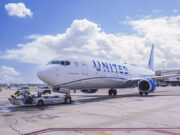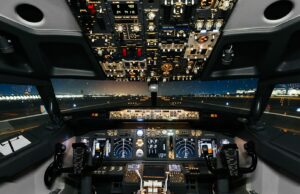Sergio Sovero
Fuel Awareness
Fuel awareness is critical for pilots of all experience levels. Complying with the regulatory requirements regarding fuel is simply the first step in managing...
Be Ready – Here Comes Convective Activity
Weather radar is an outstanding tool for pilots, both during preflight stages and during flight. Air traffic controllers may also utilize weather radar to...
Safety Management Systems
The foundation of Safety Management Systems (SMS) is to make an aviation organization safer. Safety adjustments are often derived from data. In the United...
IFR Clearances
IFR clearances are issued by ATC at both controlled and uncontrolled airports. Depending on the type of ATC services available, pilots may obtain their...
Coffin Corner and Mach Tuck
While piston airplanes are not subject to coffin corner, subsonic jets must be aware of Mach tuck and associated aerodynamic implications. At a jet's...
Maintaining a Positive Intra-Cockpit Gradient
“Good leadership consists of motivating people to their highest levels by offering them opportunities, not obligations.” – Lao Tzu, Chinese philosopher
A gradient can be thought...
Mountain Wave Turbulence
The FAA defines turbulence as air movement created by atmospheric pressure, jet streams, air around mountains, cold or warm weather fronts, or thunderstorms. Although...
Holding Procedures
Holding patterns can be assigned by ATC to facilitate traffic flow or when a clearance limit is reached. Similarly, a pilot may request a...
Volcanic Ash: An Unrecognized Threat to Aviation
Volcanic ash is a major threat to flight safety. An inadvertent encounter with an ash cloud has the potential to cause severe aircraft structural...
Wake Turbulence: What It Is and How to Avoid It
In flight, all aircraft generate wake turbulence as a byproduct of lift. These counter-rotating vortices form behind the trailing edge of an airfoil and...























































